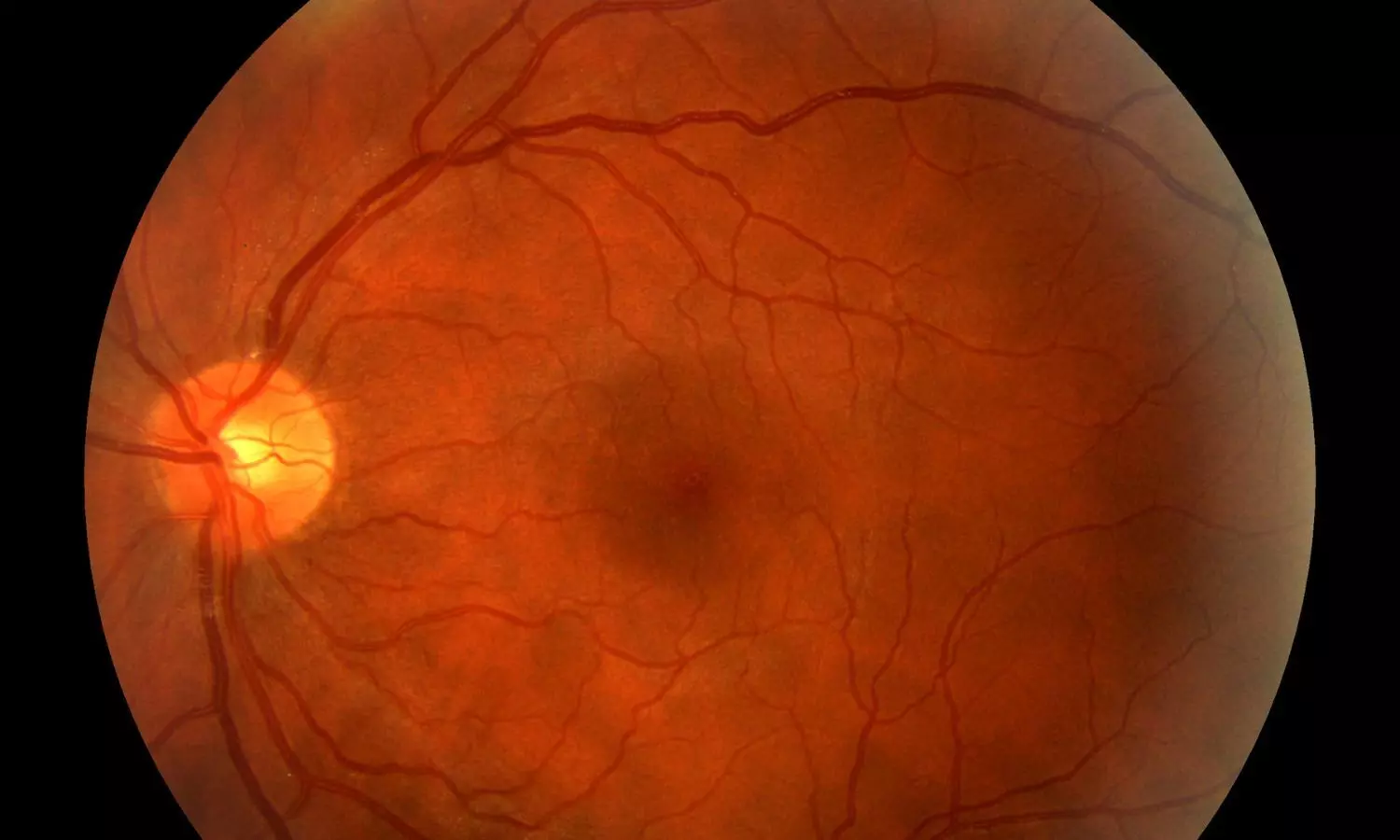Study identifies metabolites as risk factors for diabetic retinopathy

Finland: A recent study published in the Journal of Clinical Endocrinology & Metabolism has identified multiple metabolites associated with an increased and decreased risk for diabetic retinopathy (DR) from several different metabolic pathways.
“Our study is the first large population-based longitudinal study to identify metabolites for diabetic retinopathy,” the researchers wrote.
In patients with diabetes, DR is a specific microvascular complication and is the leading cause of blindness. Recent advances in omics, particularly metabolomics, offer the possibility of identifying novel potential biomarkers for DR. Lilian Fernandes Silva, University of Eastern Finland, Kuopio, Finland, and colleagues aimed to identify metabolites associated with DR.
For this purpose, they performed a 12-year follow-up study comprising 1349 participants with type 2 diabetes (1021 without diabetic retinopathy, 328 with DR) selected from the METSIM cohort. Subjects who had retinopathy before the baseline were excluded (n = 63). Retinopathy diagnosis was based on fundus photography examination. Non-targeted metabolomics profiling was performed to identify metabolites.
The study led to the following findings:
- 17 metabolites were found to be significantly associated with incident diabetic retinopathy after adjustment for confounding factors.
- Among amino acids, N-lactoyl isoleucine, N-lactoyl valine, N-lactoyl tyrosine, N-lactoyl phenylalanine, N-(2-furoyl) glycine, and 5-hydroxylysine were associated with an increased risk of DR, and citrulline with a reduced risk of DR.
- Among the fatty acids N,N,N-trimethyl-5-aminovalerate was associated with an increased risk of DR, and myristoleate (14:1n5), palmitoleate (16:1n7), and 5-dodecenoate (12:1n7) with a decreased risk of DR.
- Sphingomyelin (d18:2/24:2), a sphingolipid, was significantly associated with a decreased risk of DR.
- Carboxylic acid maleate and organic compounds 3-hydroxypyridine sulfate, 4-vinylphenol sulfate, 4-ethylcatechol sulfate, and dimethyl sulfone were significantly associated with an increased risk of DR.
“Our longitudinal study shows that the development of diabetic retinopathy involves multiple changes in metabolism that ultimately diminishes retina function,” the researchers wrote.
These changes in the retina, reflected by concentration changes in metabolites, include activation of inflammatory pathways, neovascularization, capillary loss, fibrosis, endothelial dysfunction, collagen degradation, hemorrhages, and aneurysms.
The study’s limitations were that it included only elderly and middle-aged men and only Finns.
“Therefore, our findings need to be replicated in women and other populations. Finally, our study is an association study that does not allow one to make causal conclusions,” the research team concluded.
Reference:
Lilian Fernandes Silva, Jenna Hokkanen, Jagadish Vangipurapu, Anniina Oravilahti, Markku Laakso, Metabolites as Risk Factors for Diabetic Retinopathy in Patients With Type 2 Diabetes: A 12-Year Follow-up Study, The Journal of Clinical Endocrinology & Metabolism, Volume 109, Issue 1, January 2024, Pages 100–106, https://doi.org/10.1210/clinem/dgad452
